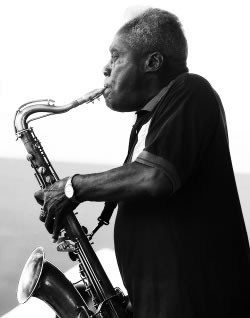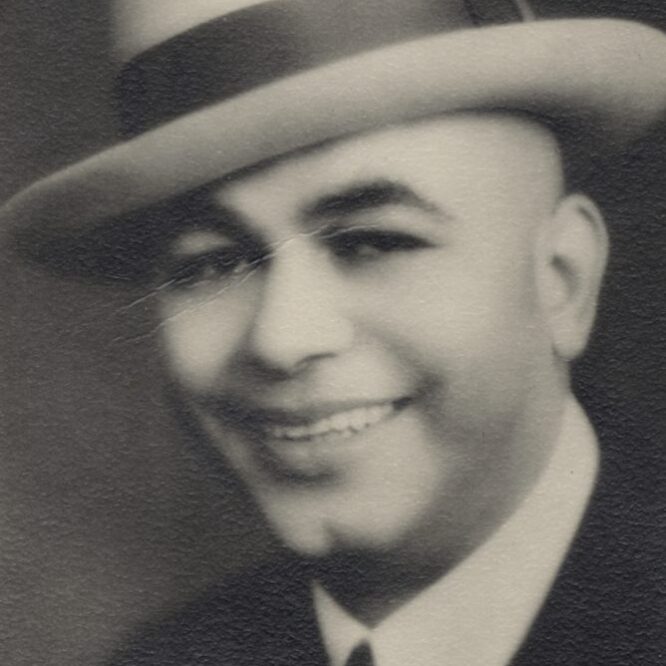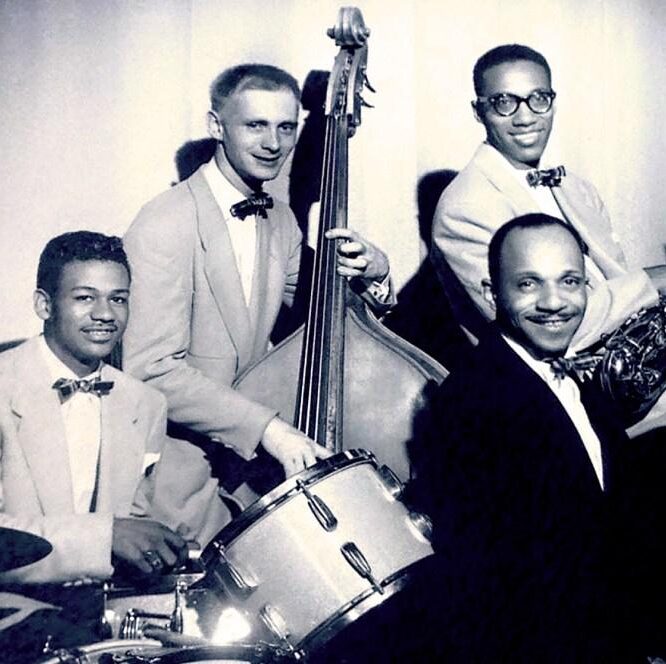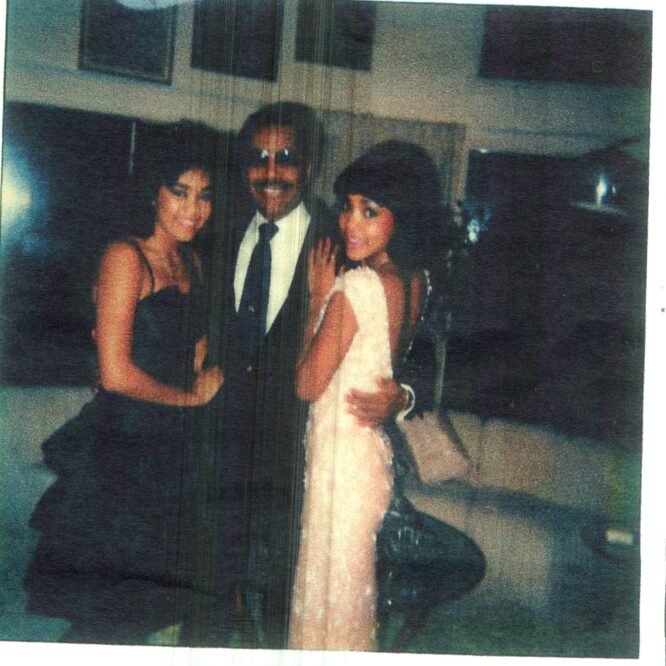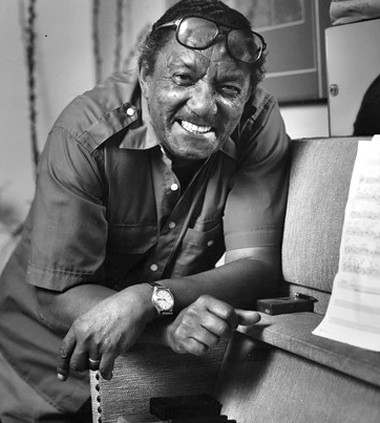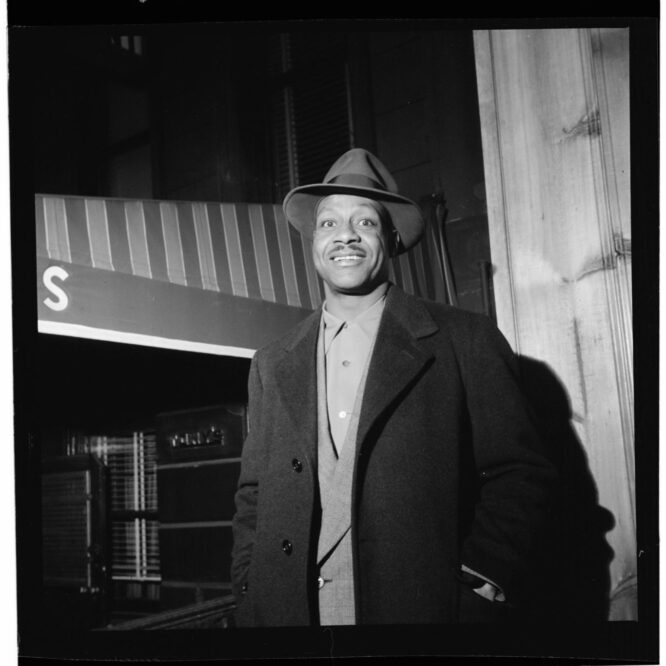Floyd Standifer
Raised in Gresham, Ore., Standifer became one of the leading players on the Seattle scene, moving there in 1946 to attend the University of Washington. Startiing in such venues as the Sessions club and Washington Social Club, Standifer befriended Quincy Jones, Ray Charles and Ernestine Anderson, the top players in town, and eventually left with Jones to play in his big band in Europe, in 1959. A technically gifted trumpet player influenced by Fats Navarro and, later, Freddie Hubbard, Standifer also played superb tenor saxophone. He composed and performed a jazz liturgy, “Postlude,” for an octet at the Seattle’s World’s Fair, taught at Cornish College and the Northwest School, recorded two albums, and in later life played with the Seattle Repertory Jazz Orchestra and kept the legacy of Jackson Street alive with the Local 493 Reunion Band. … Continue readingFloyd Standifer
